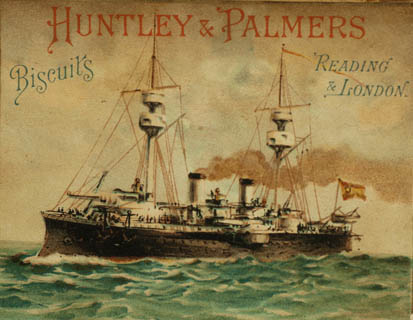
In February of 1885, the news of General Gordon’s death during the fall of Khartoum reverberated around the British Empire, even to the far-flung Antipodes. Ever since the previous year, Australians had been anxiously following the story of the besieged general and his garrison, courtesy of newspapers such as The Sydney Morning Herald and the Argus.
During the previous decade the reporting of news had been revolutionised by a system of electric telegraph lines and submarine cables, commonly known as ‘the Extension’, joining Australia to London via Singapore and Bombay. In 1884 the telegraph line connecting Khartoum to Cairo was severed by rebels, and so were communications. After that, the only means of contacting the outside world was by letter, usually sent by steamer sailing up the Nile. Sometimes the mail was hijacked. And even if a letter did get through, it would take weeks to reach London.
Consequently rumours swirled as to Gordon’s fate. Although he was killed on January 26, news didn’t reach London until the second week in February. Australian newspapers reported his death on February 12. By the 14th the NSW government had already offered to send a contingent to participate in a campaign to avenge his death.
Who was General Gordon, anyway? Well, at the time, he was considered one of the British Empire’s greatest heroes. He had served in China where he was dubbed ‘Chinese Gordon’ by the emperor. In Africa he’d fought the slave trade. In the wake of a rebel uprising in the Sudan, there was pressure from the British public and the Opposition to send Gordon to sort out the situation and evacuate the Egyptian forces stranded there. The Prime Minister, William Gladstone reluctantly agreed. But soon the General, who’d been sent to save the day, found himself besieged and in need of being rescued.
Although very few modern-day Australians realise it, Gordon’s death precipitated the self-governing colony’s first involvement in a foreign war. It was a brief campaign involving about eight hundred men raised in New South Wales largely from volunteers, but also from the First NSW Regiment.
Most people embraced the war, seeing it as ‘a great adventure,’ but there were some who disagreed with the NSW involvement – The Bulletin newspaper, the former Premier, Sir Henry Parkes (who had retired from politics but stood again to protest the war) and protesters among the general populace. In THE JADE WIDOW I describe the rush to enlist, as well as the embarkation day only a couple of weeks later, when a public holiday was declared and tens of thousands of Sydneysiders lined the streets to watch the Contingent march from Paddington Barracks to the Quay.
There were no deaths in action, largely because there was very little action at all. By the time the NSW Contingent arrived at the end of March, it was almost over. They were part of an assault on the desert settlement of Tamai; then things fizzled out. After that, the Australians were sent to help protect the building of the Berber railway. In early May they received news they would be going home. There were nine deaths in total, as a result of disease. Two privates made it home, only to die in the Manly Quarantine Station overlooking Sydney Harbour.
Afterwards, there were parades and banquets, medals and souvenir booklets. The campaign was a precursor of bigger, deadlier Imperial wars to come – the Boer War in South Africa and then the Great War, in which over 400,000 men enlisted from a population of around five million.
Echoes of that war haunted my childhood. In the aftermath of Gallipoli, my grandfather, along with a bunch of other patriotic young men from central-western NSW, who called themselves the ‘Boomerangs’, marched to Bathurst to enlist. (See the Australian War Memorial website for more about the trip.) For my granddad, Ted, it was a very personal decision.
His older brother, Arthur, had been killed at Gallipoli on 7 June, 1915. Only twenty-two years old, Arthur was a six-foot-tall shearer and a real larrikin, if his military records are anything to go by. I wish I could have met him.
Ted joined General Monash’s Third Division. In June, 1916, he was gassed near the Belgian village of Messines. He survived the mustard gas but was permanently incapacitated as a result.
In a way, THE JADE WIDOW is a tribute to my grandfather and my great-uncle and the sacrifices they made. Two valiant young men, who should never have been there in the first place. The conflict of 1885 was the foreshadowing of horrific wars to come. Visionary men like Sir Henry Parkes saw the future and opposed the colony’s involvement in the Sudan. He feared it would set a tragic and dangerous precedent. But voices like his were drowned out in all the righteous flag-waving and jingoism.
Plus ça change, plus c’est la même chose …
Read more about the Sudan campaign at the Australian War Memorial website.
Steamship pic courtesy of Jan N's heirloom family scrapbook c. 1890
Deborah O’Brien
August 2013
